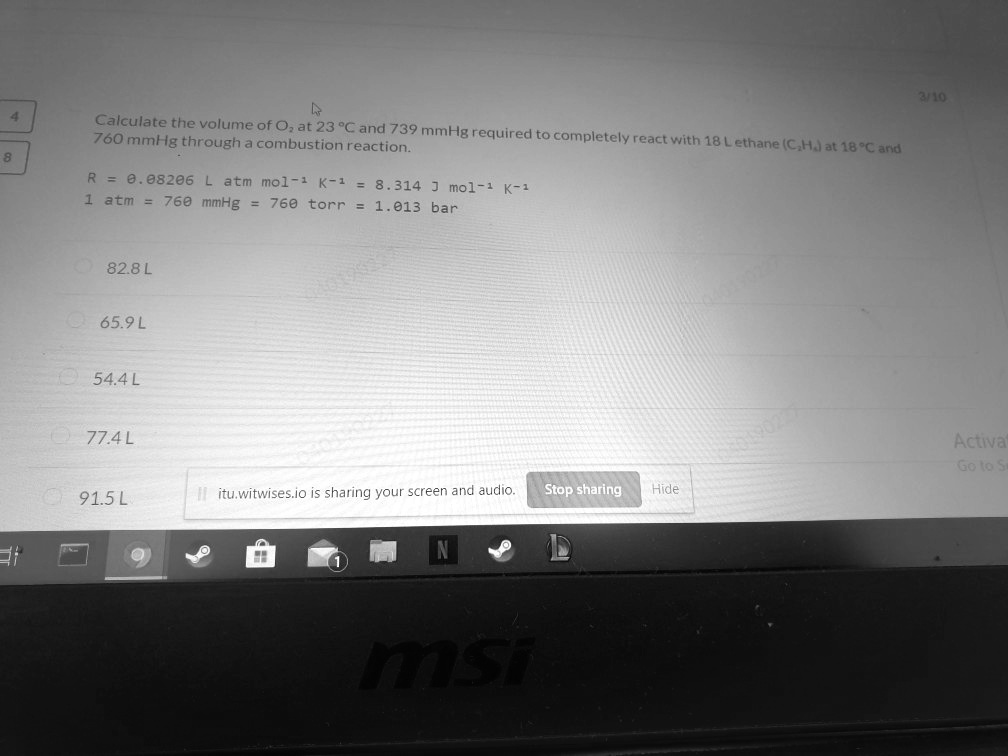

Neurologic examination showed 3+/5 strength in the upper extremities and 1+/5 in the lower limbs with spastic paraplegia, generalized hyperreflexia, bilateral Babinski, and spontaneous pyramidal jerking of both legs sensory examination disclosed decreased proprioception in the legs and a tactile sensory level below Th 9. Three days later the patient developed dysesthesias in arms and legs and weakness of all four limbs. The urologist diagnosed neurogenic bladder and placed a Foley catheter. Furthermore, 3 ATM serious adverse events were reported with the ChAdOx1 nCoV-19 (AZD1222) vaccine trials ( 45, 46).ĪDEM – NMO Monoclonal gammopathy CSF SARS-CoV-2 (+)Ītlas to C3-C6 cervical spondylotic myelopathyĭiffuse T2 white matter and corticospinal lesionsĪ previously-healthy 72-year-old man presented to the emergency department at a hospital in Panama City, Panama, complaining of sudden difficulty to urinate. We report a patient with SARS-CoV-2 infection in Panama who developed acute transverse myelitis (ATM) and we present the results of a comprehensive review of COVID-19-associated myelitis that yielded 42 additional cases reported in 21 countries worldwide ( 6– 44) published from March 2020 to January 2021 during year 1 of the pandemic ( Table 1 and Supplementary Table 1A). Also, the presence of ACE2 receptors for the viral S protein in endothelial cells correlates with the frequent vascular complications of COVID-19 resulting from endotheliitis and microvascular brain injury ( 4) that induces the host’s immune response with cytokine storm, hyperinflammation, coagulopathy, thrombosis and embolism resulting in ischemic and hemorrhagic strokes and multisystemic complications affecting lungs, heart, kidneys and liver.Īccording to Borchers and Gershwin ( 5), ATM is a rare neurological condition in adults with an estimated incidence ranging between 1.34 and 4.6 cases per million annually with a mean age of 35-40 years. Cells with abundant ACE2 receptors are infected first by this coronavirus including nasal epithelium cells, ciliated bronchial epithelial cells and type II pneumocytes, explaining the severity of the pulmonary involvement. The high frequency of anosmia during the acute infection probably reflects viral invasion of the olfactory bulbs. Neurological injury results from the affinity of the COVID-19 etiological agent, the Severe Acute Respiratory Syndrome coronavirus 2 (SARS-CoV-2), for the angiotensin-converting enzyme 2 (ACE2) receptor present in neurons and glial cells endowing high neuroinvasive potential to SARS-CoV-2 compared to previous coronaviruses. Neurological complications of coronavirus disease 2019 (COVID-19) are well recognized ( 1– 3) and affect both the central nervous system (CNS) and the peripheral nervous system (PNS).


 0 kommentar(er)
0 kommentar(er)
